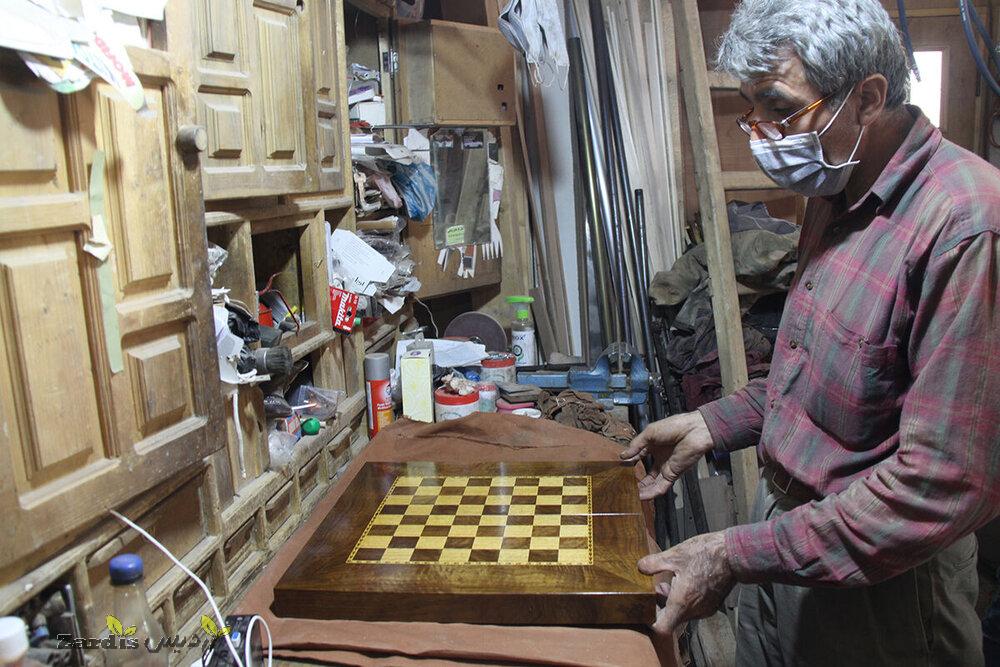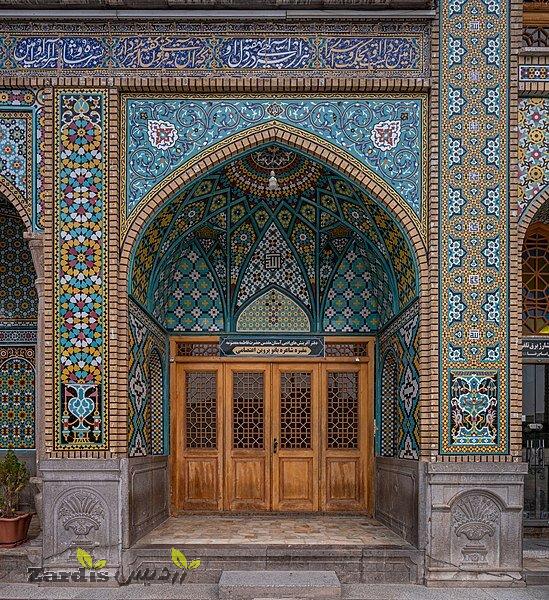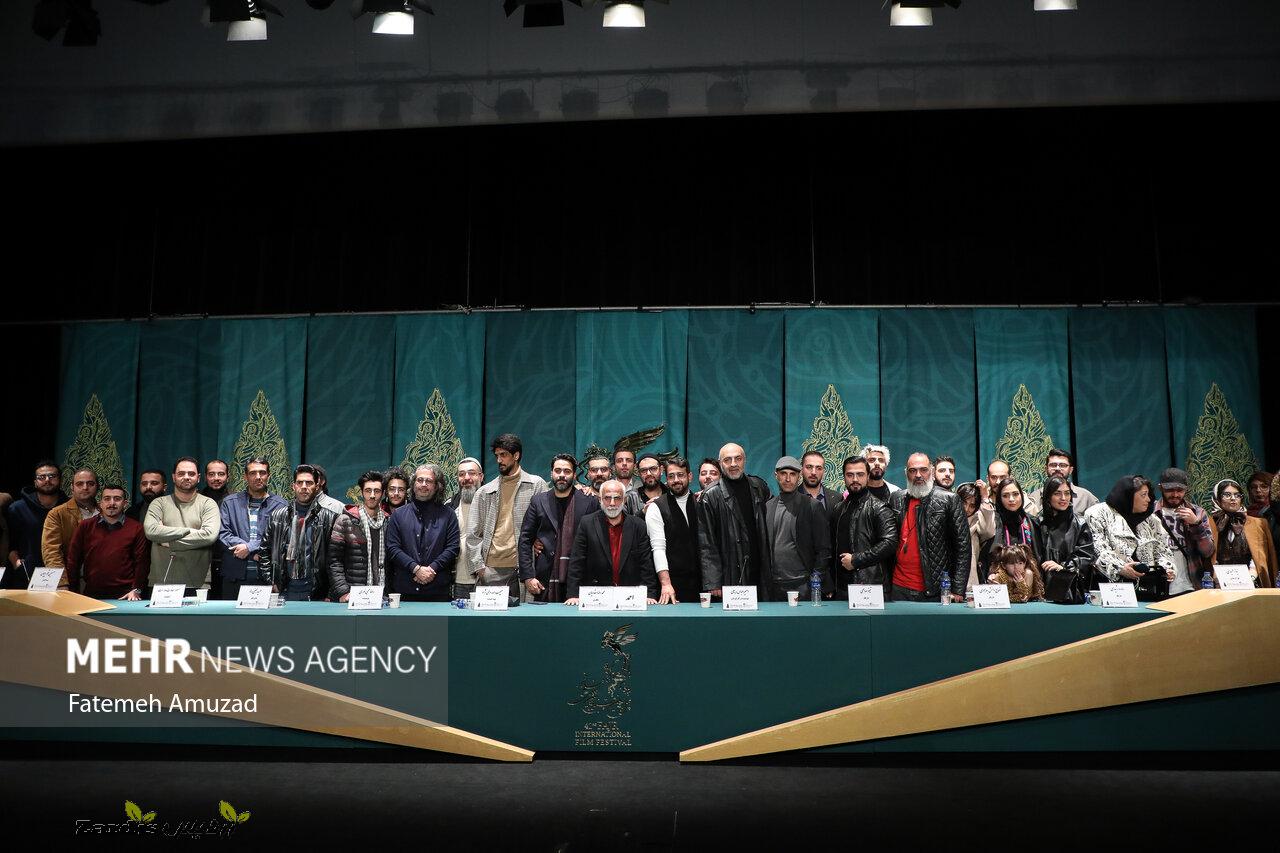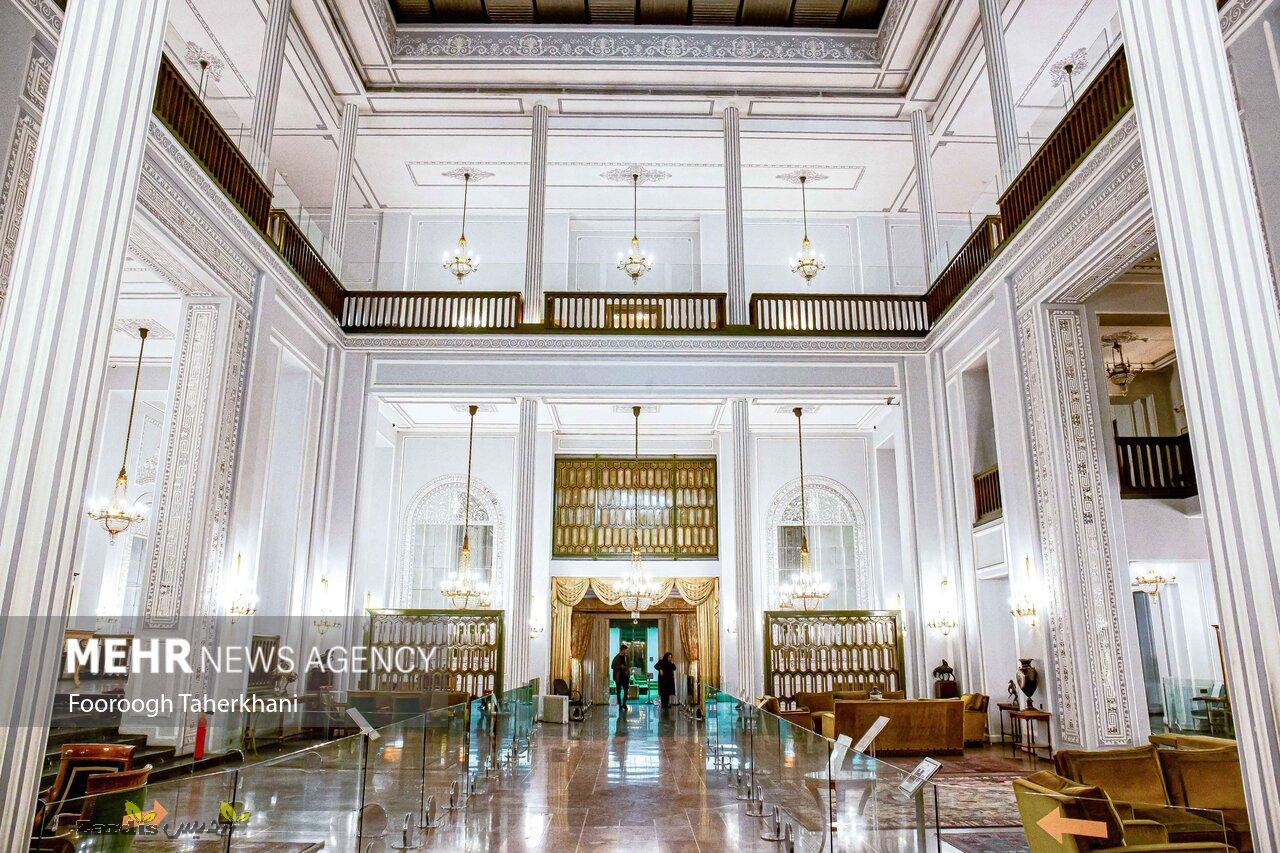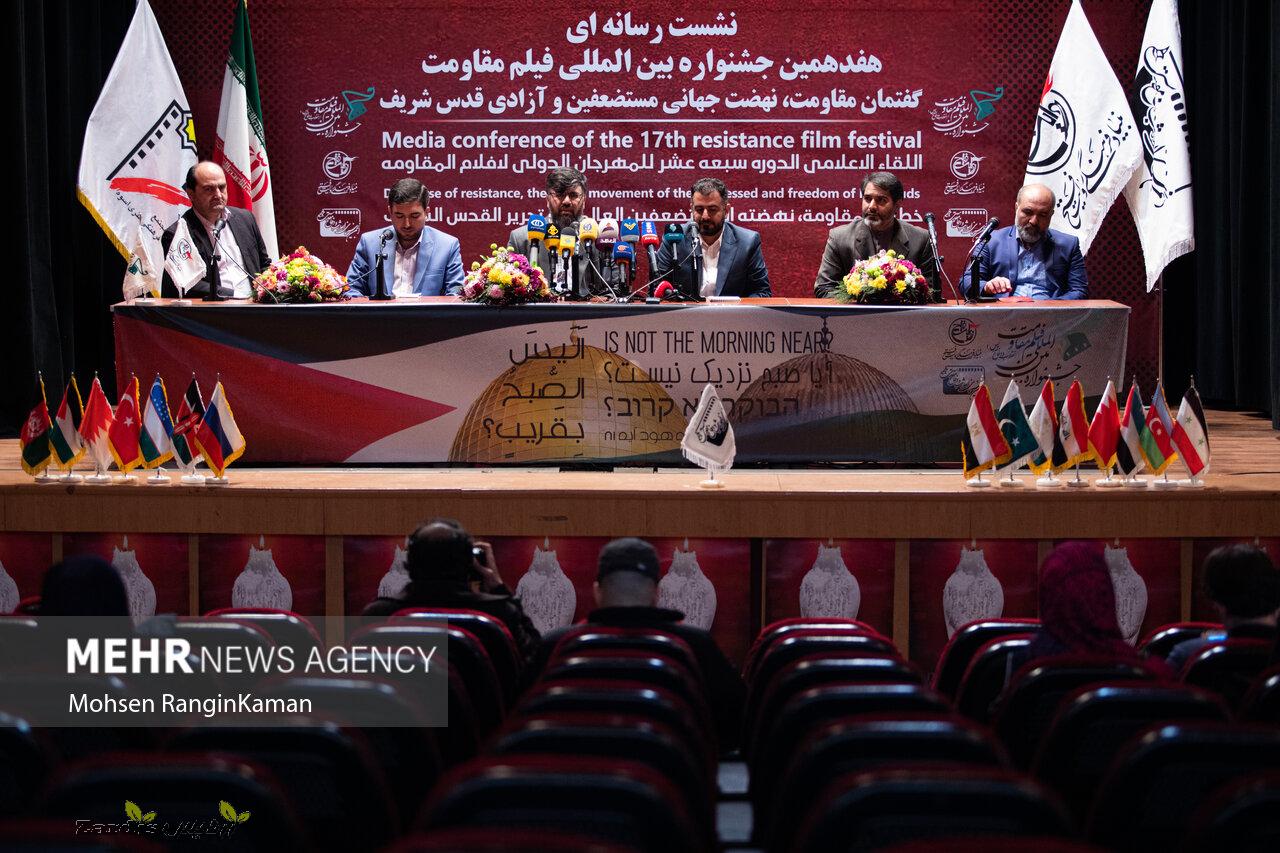TEHRAN – Nazok Kari, or craft of making very delicate objects, both applicable and artistic, from wood, is one of the Persian crafts which is practiced in Urmia for centuries.
Nazok-Kari is typically made through two approaches. In one method, small and fine pieces are cut from woods with different colors, and then they are laid and sawed next to each other in a way that they look like one piece of wood. Then they are polished and painted. This method can be compared with wood marquetry, according to Visit Iran, an official travel guide of the country.
The second method is to use one kind of wood, commonly walnut, to make objects. In this method, objects are created by cutting and polishing pieces of wood into bowls, plates, and boxes for jewelry or make-up.
Some of the woods that are used are bright cream and white pieces of wood from peat trees, which contrast the dark knots of walnut wood. The contrast of bright-dark shades of wood creates fascinating effects after they are polished and burnished.
Other woods that can be used in Nazok-Kari are Maple, Buckthorn, Plane, Pine, and Alder. There are also materials such as cold or hot gum, lacquer, and tools such as manual or electric grinds, saw chisel, clamps, and grinding machine that is used to cut, carve and polish the products.
The provincial capital of Urmia, also spelled Orumiyeh, lies just west of Lake Urmia on a large fertile plain that yields grains, fruits, tobacco, and other crops. The population is mainly Azeri Turkish, with Kurdish, Assyrian Christian, and Armenian minorities. The remains of ancient settlements are scattered over the plain, as are traces of the ancient kingdom of Urartu.
AFM
Zardis news | The latest news of Iran and the world
All rights reserved for "Zardis news"It is protected and any copying without mentioning the source is prohibited.
Pursuant to Article 12 of Chapter 3 of the Cybercrime Law, copying the format and content will be prosecuted.



